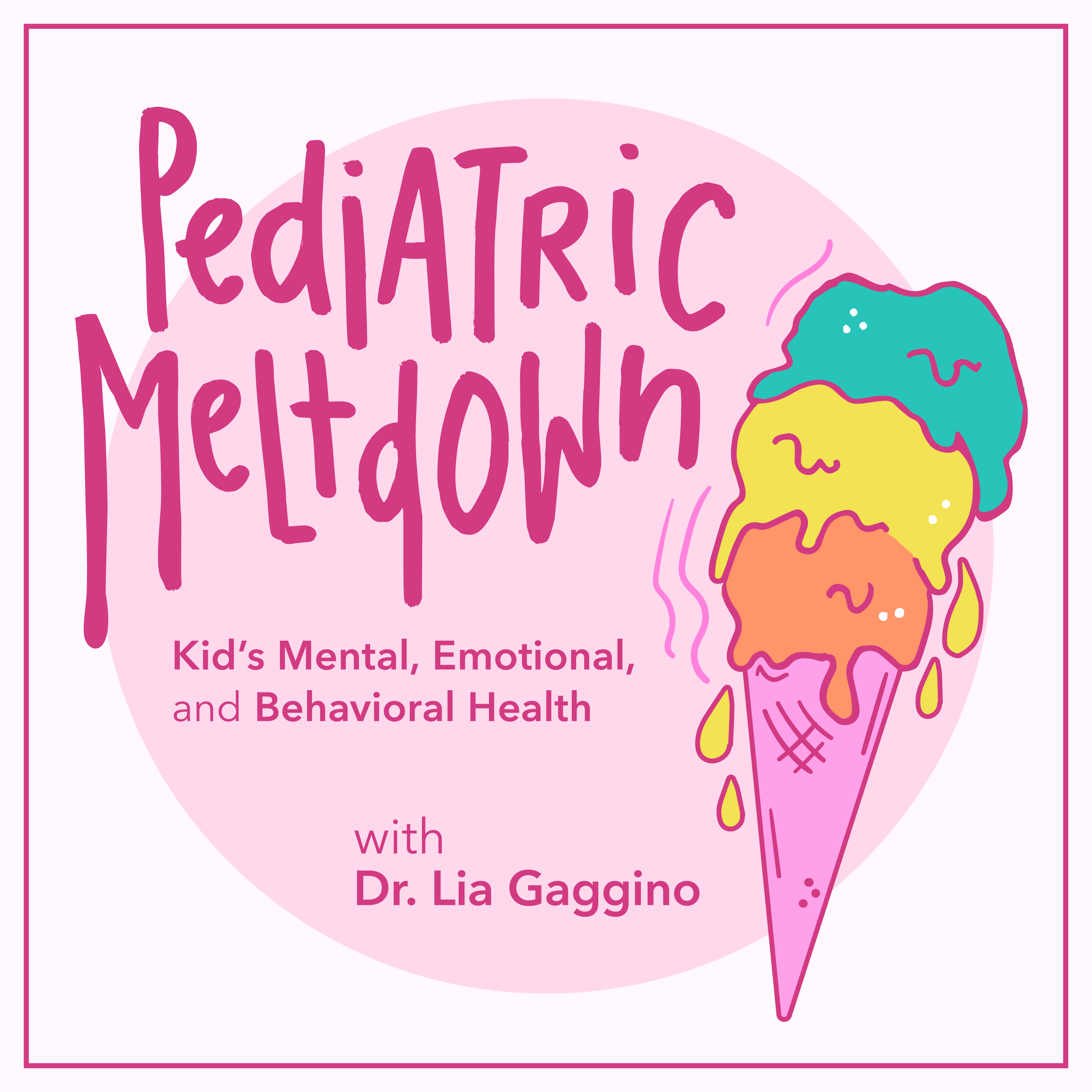
247. Human Trafficking: What Pediatric Clinicians Must Know
Podcast: Pediatric Meltdown
Autor:Lia Gaggino
Have you ever considered that victims of human trafficking might be walking into your clinic, hidden in plain sight, longing for someone to notice their silent signals? In this episode of Pediatric Meltdown, host Dr. Lia Gaggino sits down with Dr. Dena Nazer , a leading child abuse pediatrician, to dispel widespread myths and expose the heartbreaking realities of child trafficking. They dive deeply into what human trafficking truly looks like, why language and empathy shape outcomes, and how pediatricians can recognize and respond to red flags—even when victims don’t or can’t ask for help. If you’ve ever wondered how to protect the most vulnerable or questioned your own role in advocacy, this conversation mixes expertise and actionable strategies you can use today. Don’t miss this essential episode—sometimes the most critical intervention is simply being prepared to see what others overlook.[00:00 - 06:25] Beyond Kidnapping: The Everyday Reality of Child TraffickingMedia Myths: trafficking is not always dramatic kidnappings—many victims are exploited by someone they know, sometimes in their own homes.Defining human trafficking per US federal law: for children under 18, any commercial sexual act (anything exchanged for perceived value) is trafficking, regardless of force, fraud, or coercion.Labor trafficking in children does require proof of force, fraud, or coercion, unlike sex trafficking.Children cannot legally consent to commercial sexual acts, a fact often misunderstood by practitioners.[06:26 - 18:33] Recognizing Vulnerability: Victims, Prevalence, and Persistent MythsAll children, regardless of socioeconomic status or geography, can be victimized; not just those from impoverished or unstable backgrounds.Adolescents are particularly vulnerable due to developmental, social, and neurological factors—especially girls, though all genders are at risk.The covert nature and underreporting of trafficking, with true prevalence grossly underestimated—actual victims far exceed documented cases.Practitioners should avoid assumptions about victim profiles and recognize that trafficking does not discriminate by background or location.[18:34 -24:41] Language, Reporting, and the Power of EmpathyThere is an impact of language, advocating against terms like "prostitute" or "modern day slavery," as they distort public perception and can harm survivors.There are nuanced preferences between “victim” and “survivor,” emphasizing respect for self-identification.Addresses mandated reporting: outlines state-by-state differences, reminds clinicians to know their local laws, and suggests erring on the side of caution when in doubt.Discusses the complexities of reporting and intervention with 18+ patients, promoting support over “rescue,” and collaboration over dictating solutions.[24:42 - 47:58] Identification, Patient Support, and Multi-Agency CollaborationRed flags in clinical settings: domineering non-parental adults accompanying children, delayed care-seeking, lack of address knowledge, repeated STIs, or signs of fear and withdrawal.Ways to build trust and elicit disclosures: prioritize safety, establish boundaries about reporting, and use risk-factor-based screening questions.Trauma-informed care—responding with empathy, validation, and minimal dramatization—to avoid re-traumatizing patients.Connect with local Child Advocacy Centers and understanding local resources and procedures before a crisis arises.[47:59 - 59:59] Dr. G’s TakeAwaysAdditional Resources Mentioned<a...
Fecha de Publicación: 21 de mayo de 2025
Duración: 1 hr 0 min
Añadir a Playlist

Episodios Relacionados
-
249. The Pediatric Meltdown Podcast: Behind the Scenes junio 4, 2025
-
248. Conversation with My Daughter: Soft Body Baddie mayo 28, 2025
-
246. Pediatric Psychopharmacology: Tips for Prescribers mayo 15, 2025
-
245. When Sadness Looks Like Anger: Rethinking Pediatric Depression and Behavioral Activation mayo 7, 2025
-
244. Taming Pediatric Anxiety with Brain-Body-Behavior Strategies abril 30, 2025